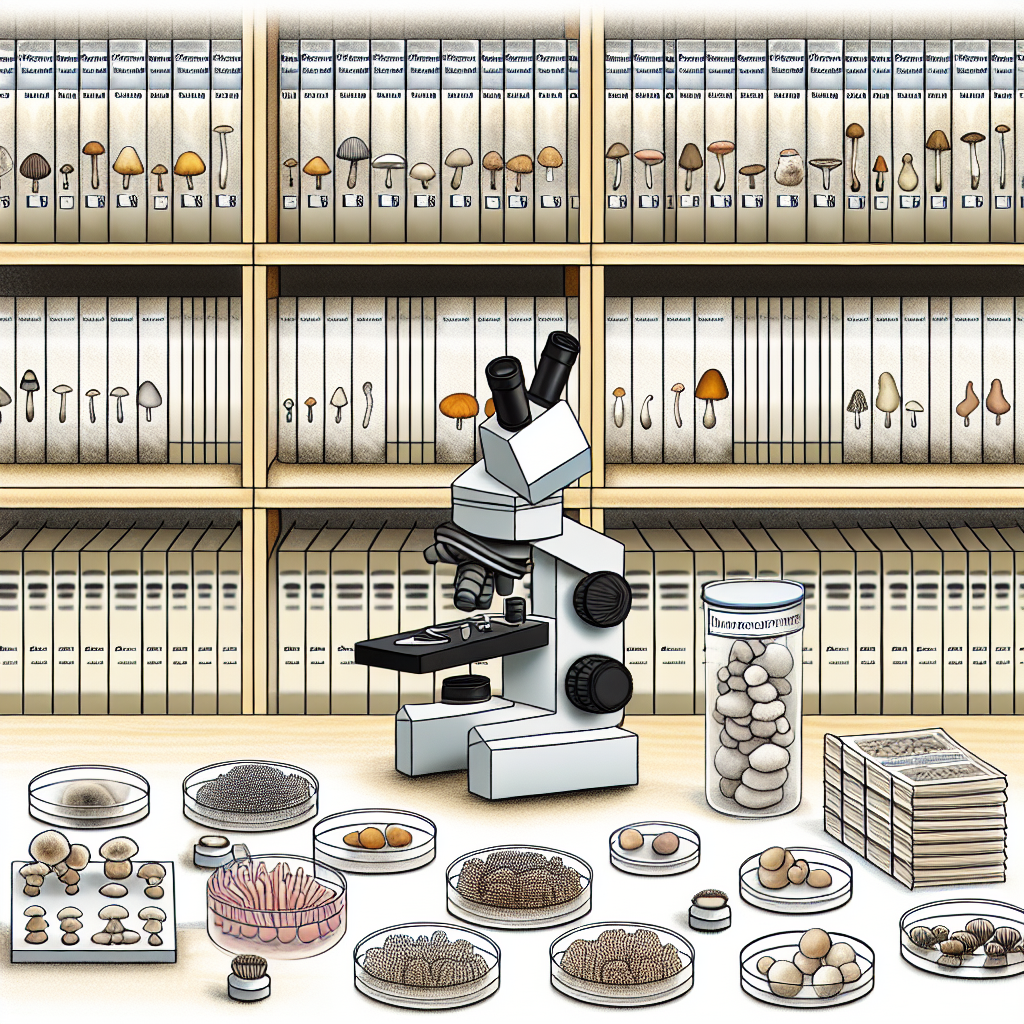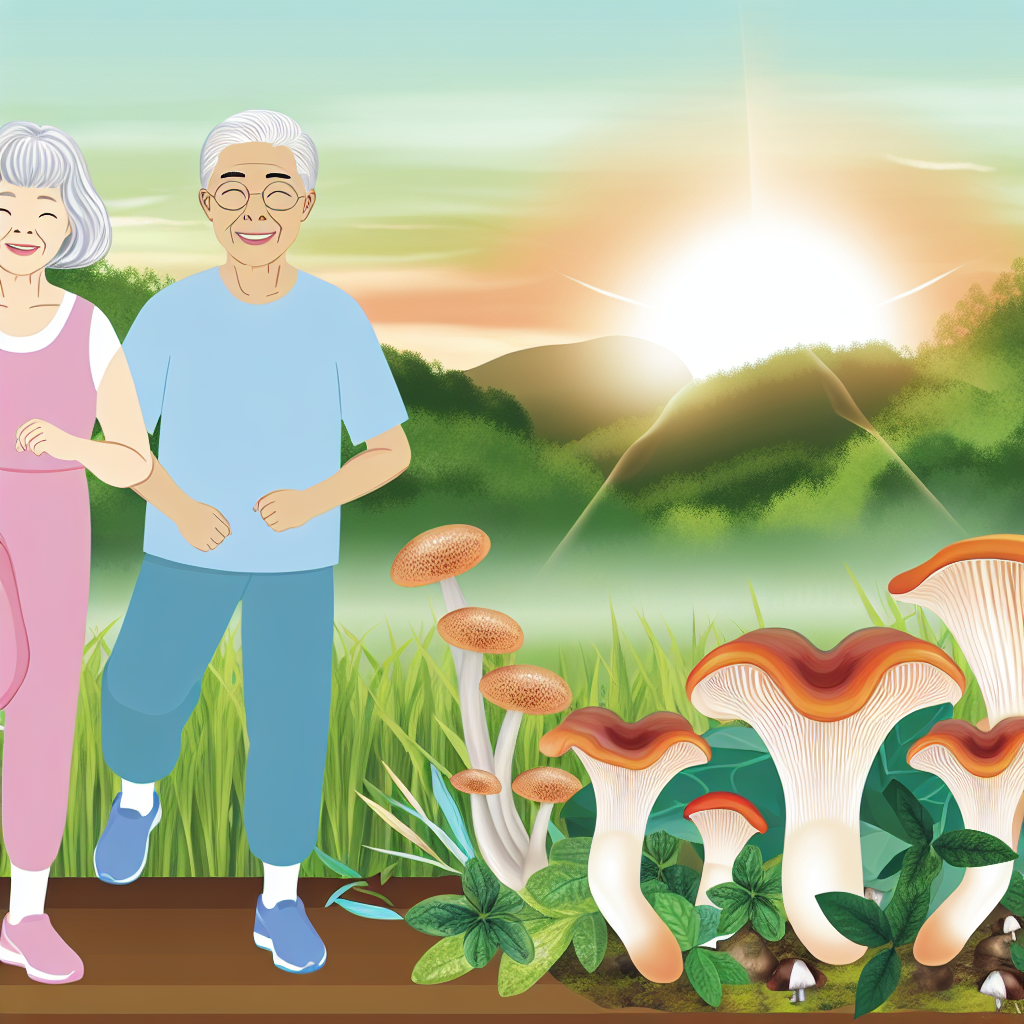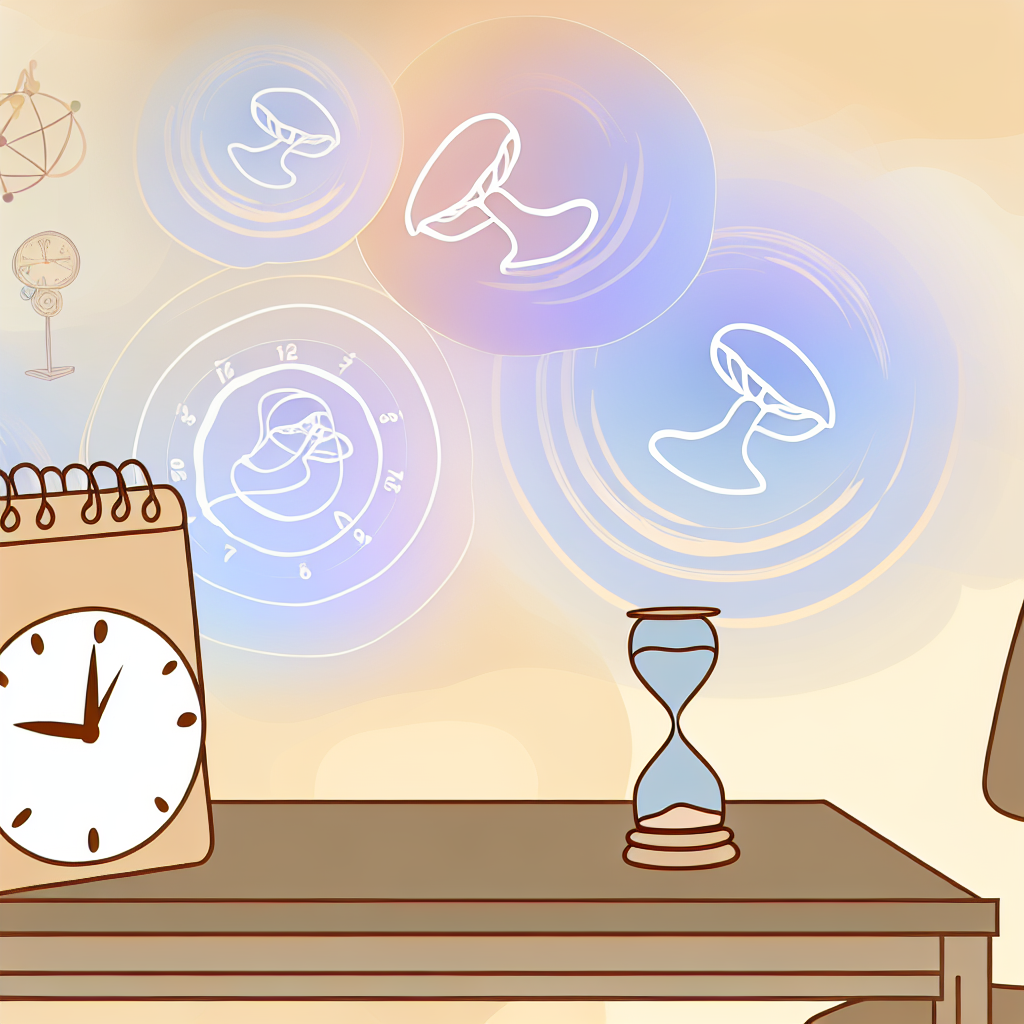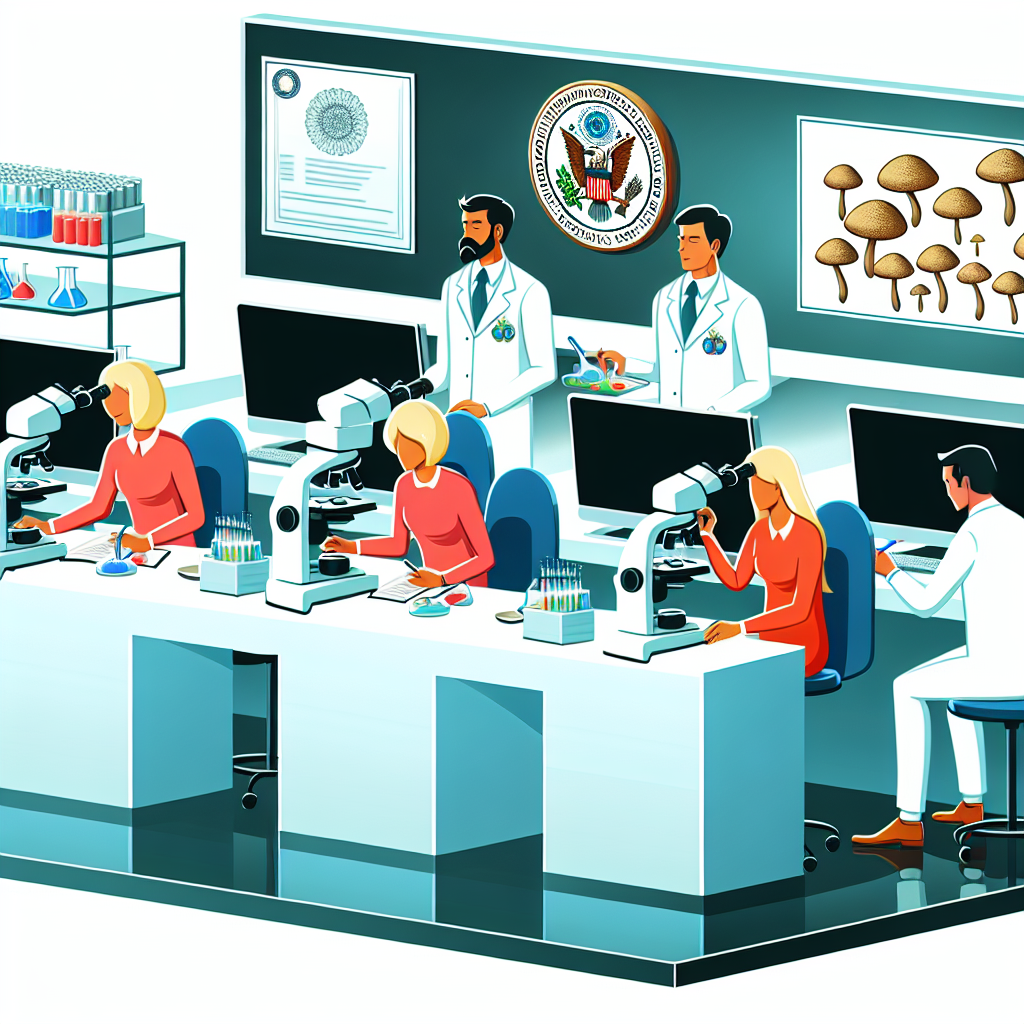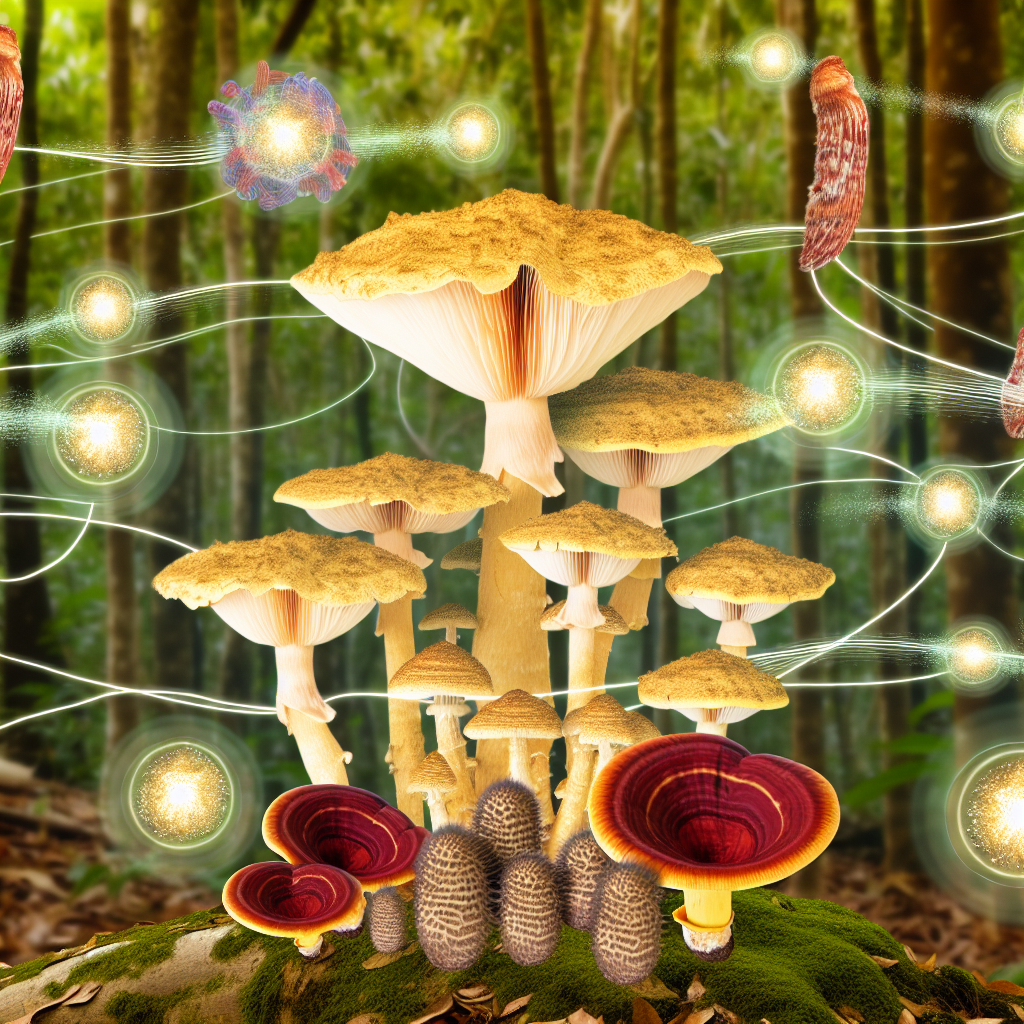Here is the content transformed into a ready-to-post WordPress blog article, with SEO-friendly formatting, clear
section headings, and optimized for readability and engagement.
Mushroom Strain Preservation Techniques: Building Your Spore Library
As the medicinal mushroom movement gains rapid momentum across the globe, so too does the need for reliable, long-term storage solutions that ensure genetic purity and potency. Mushroom strain preservation has transitioned from a niche hobby to a scientific art, especially within the realm of medical fungi and psychedelic research.
Whether you’re cultivating psilocybin mushrooms for personal use in microdosing protocols or managing a professional mycology lab, preserving your mushroom strains is crucial for consistency, potency, and future study. Enter the concept of a spore library — a curated, controlled collection of spores and cultures that allows cultivators to bank their favorite strains for future growth, experimentation, or study.
Spore Preservation Methods You Should Know
There are several proven methods for preserving mushroom strains, ranging from simple amateur techniques to advanced laboratory protocols that ensure optimal longevity and genetic consistency. Let’s explore the most effective techniques:
Spore Prints: Low-Tech, Long-Term
A favorite among hobbyists, spore prints are one of the most accessible preservation tools. By placing the cap of a mature mushroom on sterilized paper or foil, the spores released form a visible pattern known as a spore print.
– **Storage Duration**: Can last up to 10 years under cool, dry conditions.
– **Advantages**: No nutrients present, so contamination risk is low.
– **Best For**: Beginners and budget-conscious cultivators.
Spore Syringes: Easy Inoculation with Moderate Shelf Life
Spore syringes are created by suspending spores in sterile water, enhancing ease of inoculation and lowering contamination risk during early cultivation.
– **Storage Duration**: Lasts 6 months to 2 years when refrigerated.
– **Advantages**: Simple to use, good for short-to-mid-term storage.
– **Best For**: Intermediate growers who want convenience.
Liquid Culture: Revive Your Favorite Mycelium Fast
In a liquid culture, living mycelium is suspended in a nutrient-rich solution such as honey water or malt extract in sterile containers.
– **Storage Duration**: Indefinite with refrigeration and periodic sub-culturing.
– **Advantages**: Quick reactivation for cultivation, ideal for medicinal use.
– **Best For**: Experienced cultivators seeking consistency.
Culture Slants: Lab-Grade Stability
Culture slants involve growing mycelium on an agar medium in test tubes, sealed off with breathable stoppers under controlled conditions.
– **Storage Duration**: 2–5 years.
– **Advantages**: Slow growth reduces required maintenance.
– **Best For**: Research facilities and clinical programs.
A study in the journal *Fungal Genetics and Biology* outlines best practices for extending strain viability through methods like refrigeration and cryopreservation ([Study Link](https://www.sciencedirect.com/science/article/pii/S108718451830021X)).
Cryopreservation: Freeze Time (and Spores)
Cryopreservation involves freezing spores or mycelium at ultra-low temperatures using liquid nitrogen (as low as −196°C), halting all biological activity.
– **Storage Duration**: Decades.
– **Advantages**: Preserves DNA and bioactive properties.
– **Best For**: Professional laboratories and genetic banks.
Research on cryogenic storage confirms it as the premier option for maximum longevity and genetic fidelity ([PubMed Study](https://pubmed.ncbi.nlm.nih.gov/29168408/)).
Why Preservation Matters: Scientific and Medical Implications
The need for preservation goes beyond cultivation — it’s also about standardization and scientific reliability. A 2022 study published in *Frontiers in Pharmacology* emphasized the importance of genome sequencing and strain preservation for ensuring consistency in psilocybin dosages, especially in clinical trials ([Read the Full Study](https://www.frontiersin.org/articles/10.3389/fphar.2022.834703/full)).
As psilocybin is incorporated into mental health treatment, the ability to replicate therapeutic outcomes depends on maintaining reliable, genetically pure mushroom strains. Consistency matters when it comes to both safety and effectiveness.
Conclusion: Building a Spore Library is Investing in the Fungal Future
Mushroom strain preservation is more than just a cultivation technique — it’s a vital component of sustainable, evidence-based mycology. As our understanding of therapeutic fungi evolves, having access to a well-maintained spore library ensures that we can replicate results, maintain genetic integrity, and further the safe, reliable use of psilocybin in clinical environments.
Whether for personal exploration or future-forward medical research, preserving your mushroom strains is an investment in the mycological future.
References
– [Fungal Genetics & Biology Journal](https://www.sciencedirect.com/science/article/pii/S108718451830021X)
– [PubMed – Cryopreservation Methods](https://pubmed.ncbi.nlm.nih.gov/29168408/)
– [Frontiers in Pharmacology – Standardizing Psilocybin Use](https://www.frontiersin.org/articles/10.3389/fphar.2022.834703/full)
– [Oregon Psilocybin Services Act](https://www.oregon.gov/oha/ph/preventionwellness/Pages/Psilocybin-Services.aspx)
Concise Summary:
Mushroom strain preservation is crucial for maintaining the genetic purity, potency, and consistency of medicinal fungi like psilocybin mushrooms. This article explores various techniques for building a spore library, including spore prints, spore syringes, liquid cultures, and cryopreservation. Preserving mushroom strains is essential for sustainable, evidence-based mycology and the safe integration of psilocybin into clinical settings.

Dominic E. is a passionate filmmaker navigating the exciting intersection of art and science. By day, he delves into the complexities of the human body as a full-time medical writer, meticulously translating intricate medical concepts into accessible and engaging narratives. By night, he explores the boundless realm of cinematic storytelling, crafting narratives that evoke emotion and challenge perspectives. Film Student and Full-time Medical Writer for ContentVendor.com
